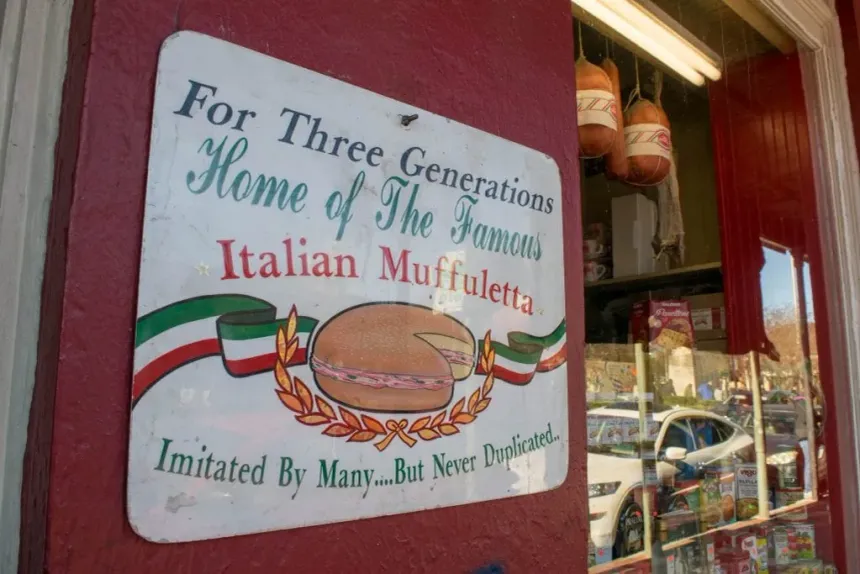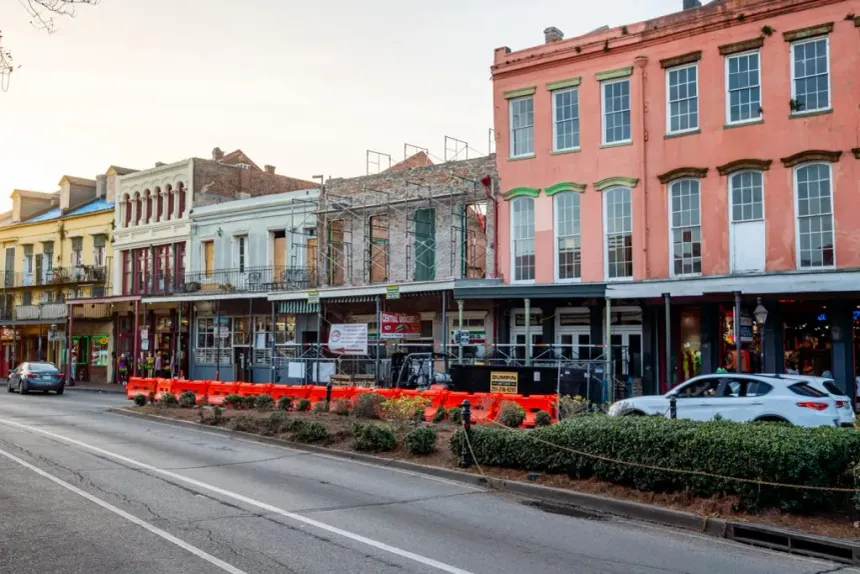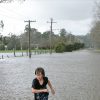As the service ended at the New Philippians Missionary Baptist church in the Lower Ninth Ward of New Orleans on Sunday, the congregation decided to keep their doors open for the neighborhood’s residents seeking refuge from the scorching heat. For nearly two weeks, a heat dome had been hovering over Louisiana, Texas, and Oklahoma, causing temperatures to skyrocket. On Sunday, heat index values were expected to reach a perilous 110F, according to the National Weather Service.
Pastor Anthony Jeanmarie III’s sermon that morning had been about letting go, but it was clear that Mother Nature had other plans. Despite his encouraging words, the heat was relentless. Heat index readings had reached as high as 120F just days earlier, and evening temperatures in the 80s offered little respite. “This heat is disrespectful,” said church secretary Thelma Curtis, her voice reflecting the frustration and concern of the community.
As the city of New Orleans announced the opening of cooling centers, including the New Philippians Missionary Baptist church, residents scrambled to find ways to escape the sweltering heat. Louisiana’s high humidity only exacerbated the issue, making it difficult for the body to cool down. “When that internal heat production exceeds the heat loss, the body reaches a point that it can no longer sustain its natural thermal regulation,” said Alicia Van Doren, who had written a recent report on heat-related illnesses in the state. “That’s when core temps start to rise and heat stroke occurs.”
Since April, over 1,200 people had been admitted to emergency departments in Louisiana for heat-related illnesses, according to state health department data. Workers, particularly those in agriculture, construction, and landscaping, were among the most at-risk populations due to their limited control over their work environment. Black workers were hospitalized at double the rate of white workers, a stark example of the disproportionate impact of heat-related illnesses on marginalized communities.

While the current heatwave had not broken records, it was made five times more likely by climate change, according to an analysis by Climate Central. As temperatures continued to rise, it was essential to have cooling centers set up or at least allow individuals to cool down in public spaces. “Even just a couple hours a day of air conditioning is really helpful in preventing illness from occurring,” Van Doren emphasized.
Despite recent temperatures reaching extreme levels, Louisiana state climatologist Barry Keim reassured that this was not a major heat event. However, the prolonged period of high temperatures was a cause for concern. Sea surface temperatures in Lake Pontchartrain, which abuts New Orleans, had reached 90F, worrying some residents about the potential for hurricanes. However, Keim advised that there were more pressing issues to worry about, including the state’s teetering edge of drought.
As residents struggled to stay cool, many were left without access to air conditioning, relying on makeshift solutions like fans and ice packs to cope with the heat. “Everybody is not fortunate enough to have a car with AC or have a home with AC,” said Curtis, who had invited a woman into the church who had collapsed from heat exhaustion the day before. The church’s decision to keep its doors open was a lifeline for many, providing a safe haven where they could rest, rehydrate, and recharge. As the heat Wave continues to scorch the city, the congregation will remain vigilant, ready to offer a refuge from the relentless heat.

